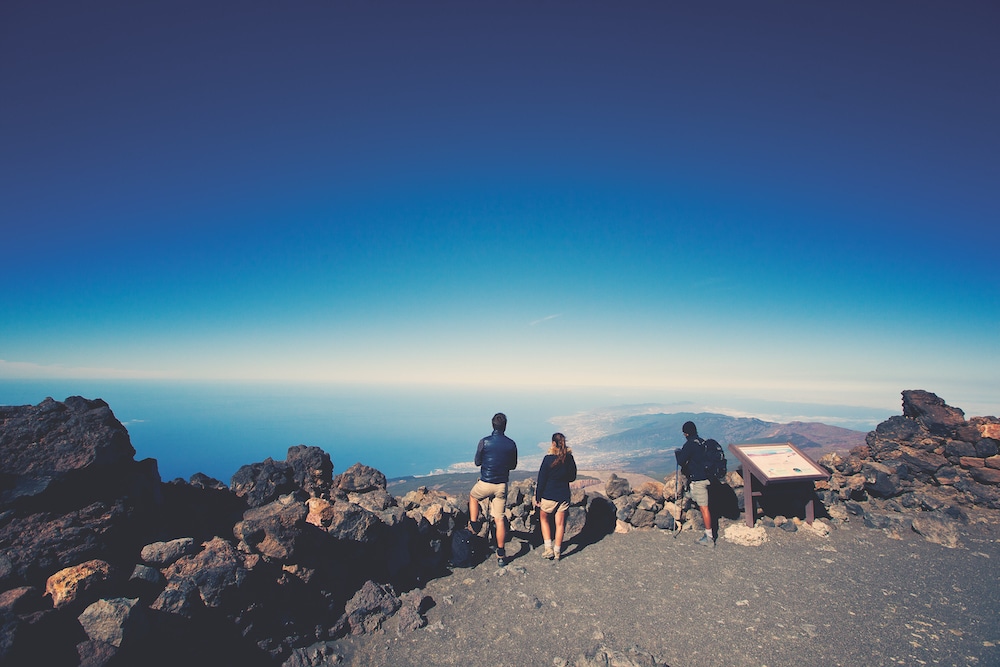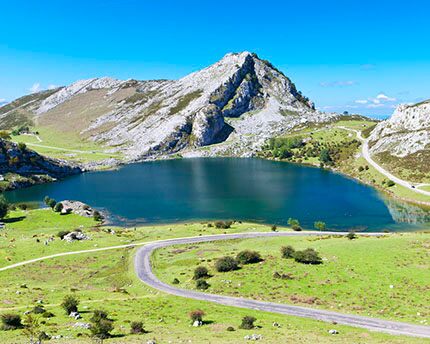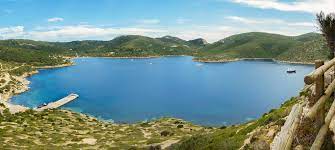
In a bid to stop overcrowding and promote sustainable tourism, regions across Spain have introduced restrictions for some of its most popular natural attractions.
In the last twenty years, tourism in national parks has grown by 77% with nearly 16 million annual visitors, according to a report by the Eco-union association.
Visitor numbers were at some of their highest throughout the pandemic, when both local and international tourists preferred to visit natural areas, avoiding crowds in the cities.
Increased tourist numbers cause a threat to natural habitats in the form of erosion, trampling of plant species, and frightening the local wildlife.
Places that have a cap on visitor numbers include As Catedrais beach in Galicia, famed for its striking rock formations; Mount Teide, the highest mountain in Spain; and Doñana National Park, one of Europe’s most important wetlands.


This summer, the government of the Balearic Islands also hired environmental informants to travel around the beaches, spreading advice and information about the protected natural habitats of the islands.
In Gran Canaria, no-entry areas have been placed on Maspalomas beach, in order to protect the natural reserve of the dunes, while on Fuerteventura only a certain number per day can visit the tiny islet of Lobos.
Basque Country had been bombarded by Game of Thrones fans because it was the filming location for Dragonstone, the islet of San Juan de Gaztelugatxe has finally reopened to the public, but with a daily limit of 1,500 people.




